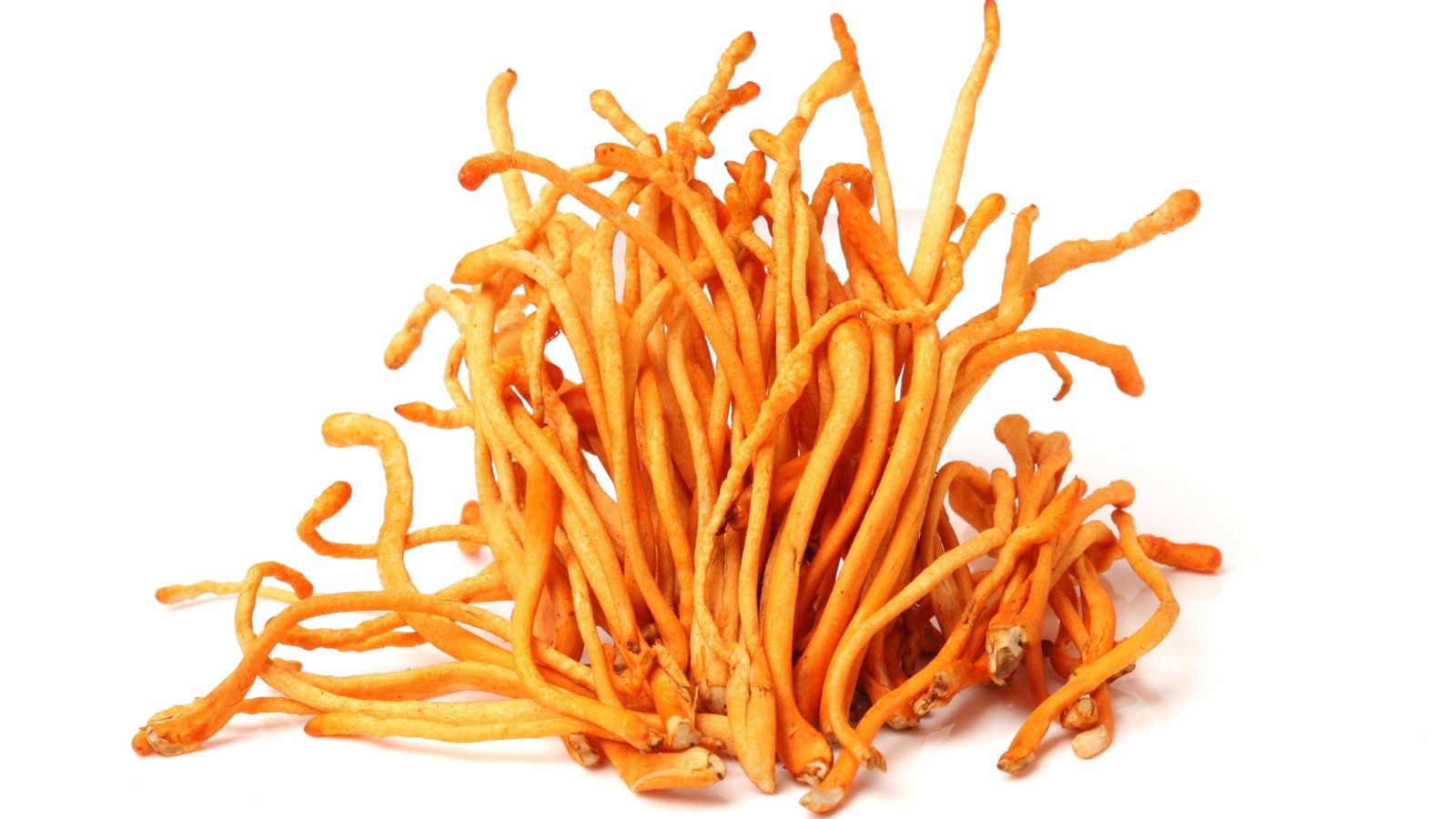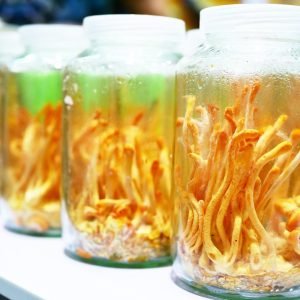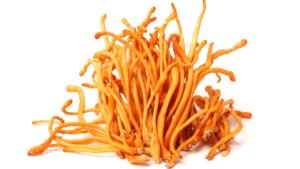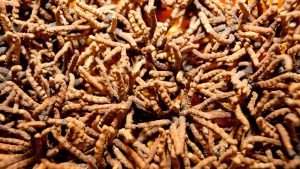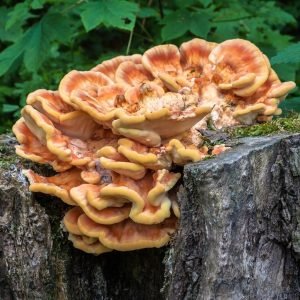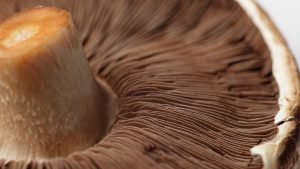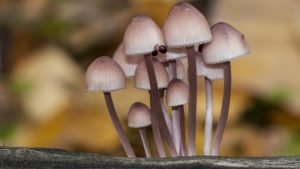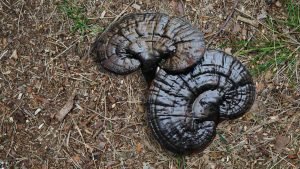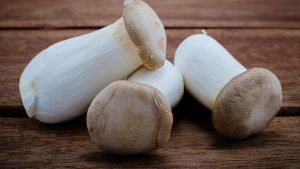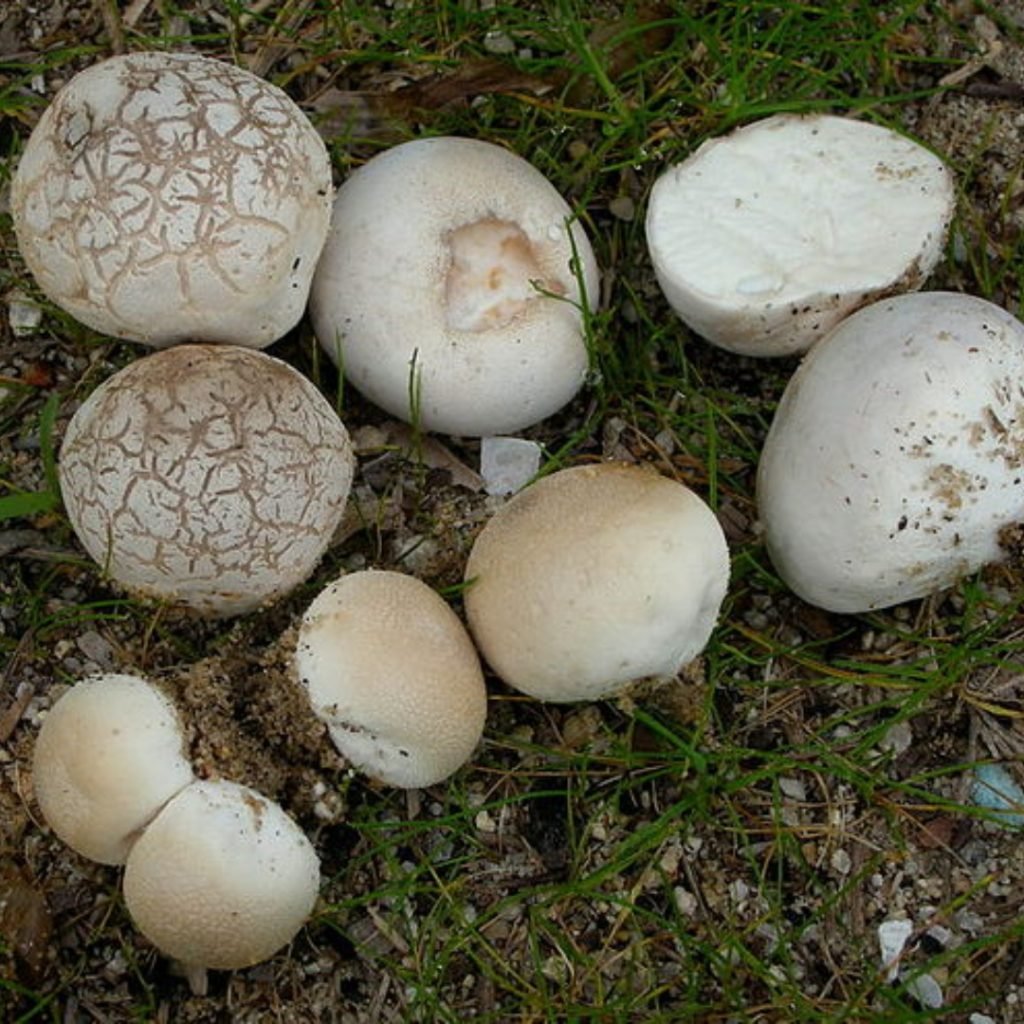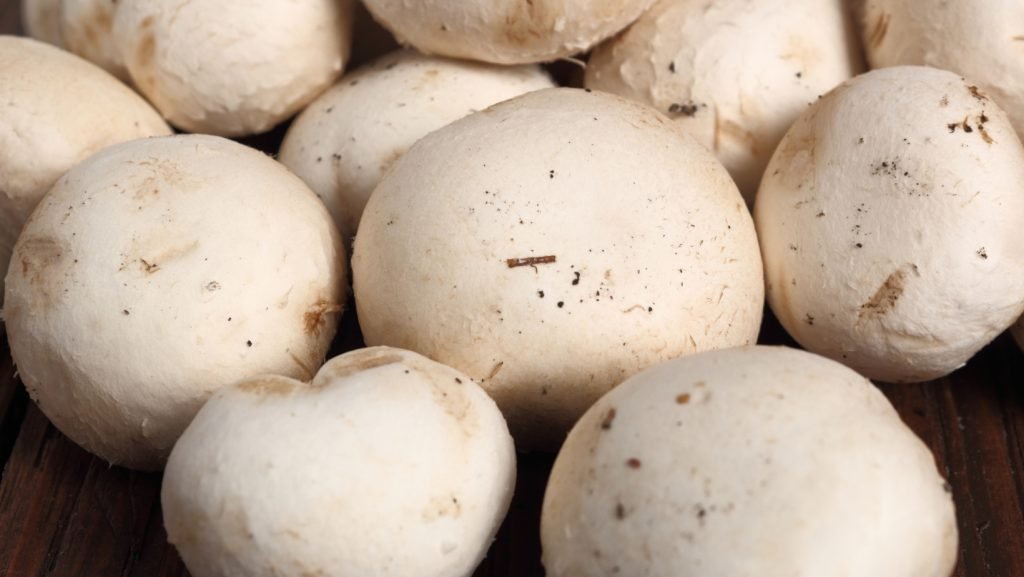Welcome, fellow fungi enthusiasts! Today, we’re diving into the fascinating world of Cordyceps Militaris, a mushroom that’s as intriguing as it is beneficial. Whether you’re here to expand your mycological knowledge or explore its potential uses, this info sheet has something for everyone. So, let’s embark on this scholarly yet witty journey and uncover the secrets of this remarkable fungus.
SCIENTIFIC NAME:
(Cordyceps Militaris)
COMMON NAME(S):
Cordyceps | Caterpillar Fungus | Scarlet Caterpillar Club | Orange Club Fungus
I-NAME:
CORD
Founding Mycologist/Discovered By:
Discovered by renowned mycologist Carl Linnaeus in 1753, Cordyceps Militaris has since fascinated scientists and enthusiasts alike.
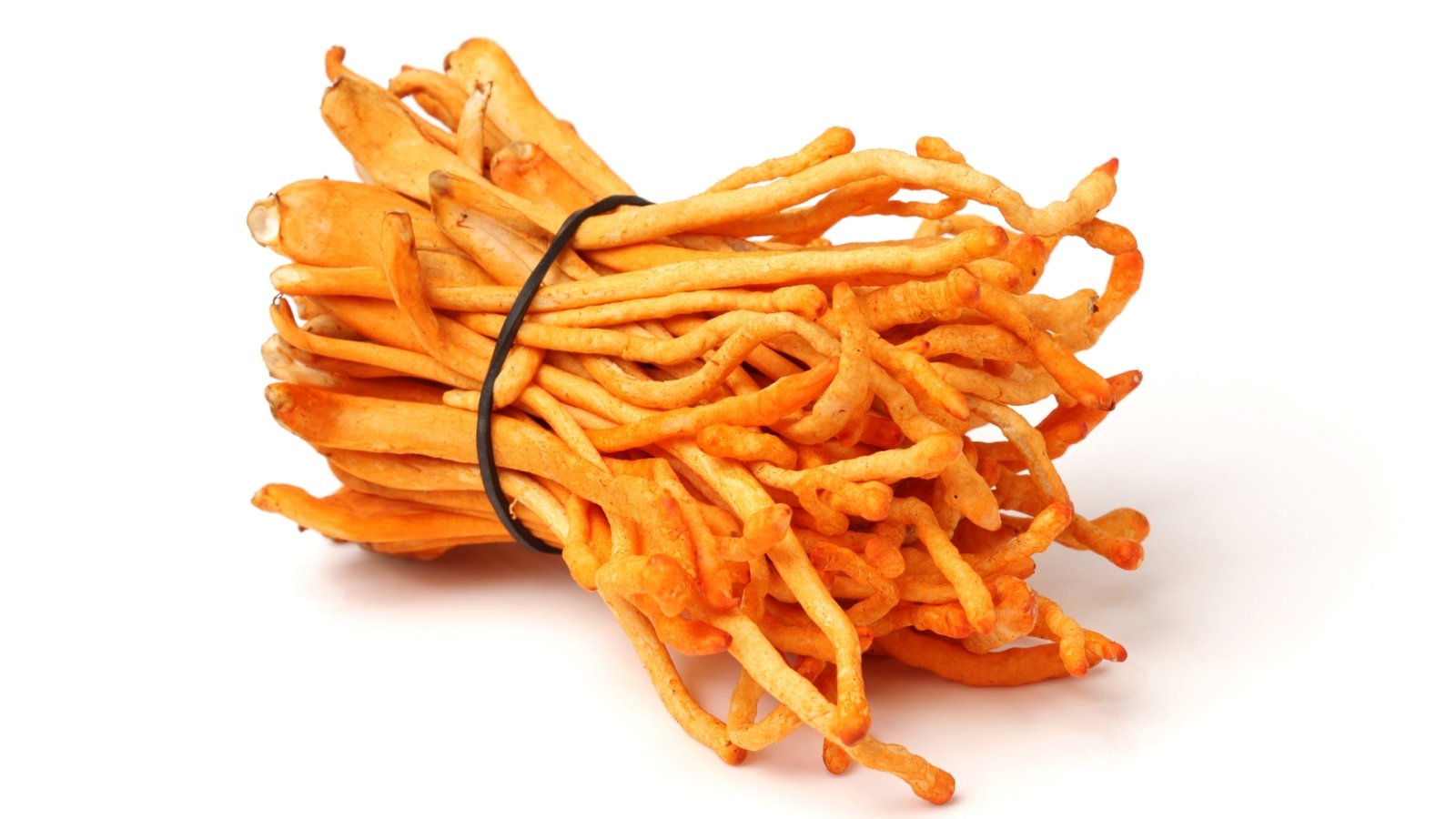
RECOMMENDED TEMPERATURES
Colonizing Temps:20-25°C (68-77°F) | Fruiting Temps:15-20°C (59-68°F) |
SPORE COLOR:
WHITE to PALE-YELLOW
Cordyceps Militaris, also known as the Scarlet Caterpillar Club, is a fascinating parasitic fungus that preys on insects. Found predominantly in Asia but also in various parts of the world, this mushroom is renowned for its bright orange color and medicinal properties. This info sheet explores the visual identification, intended uses, habitat, ecological role, growth, cultivation, and much more about this extraordinary fungus.
Step right up to the Mushroom Carnival! 🍄🎪 New here? Don’t wander in the wild yonder picking ‘shrooms willy-nilly! Educate yourself and avoid the ‘oops, I ate it’ face. 🤯 Log In or Become a Myco-Patron (it’s as free as a spore in the wind!). Join us to unravel the myco-magic! 🧙
DESCRIPTION:
Cordyceps Militaris is easily identifiable by its vibrant orange to red-orange club-shaped fruiting bodies. These bodies can reach up to 8 cm in height and typically grow out of the host insect, most commonly caterpillars. The surface of the fruiting body is smooth, and the mushroom itself is firm to the touch. The base often shows remnants of the host insect, adding to its unique appearance.
INTENDED USES:


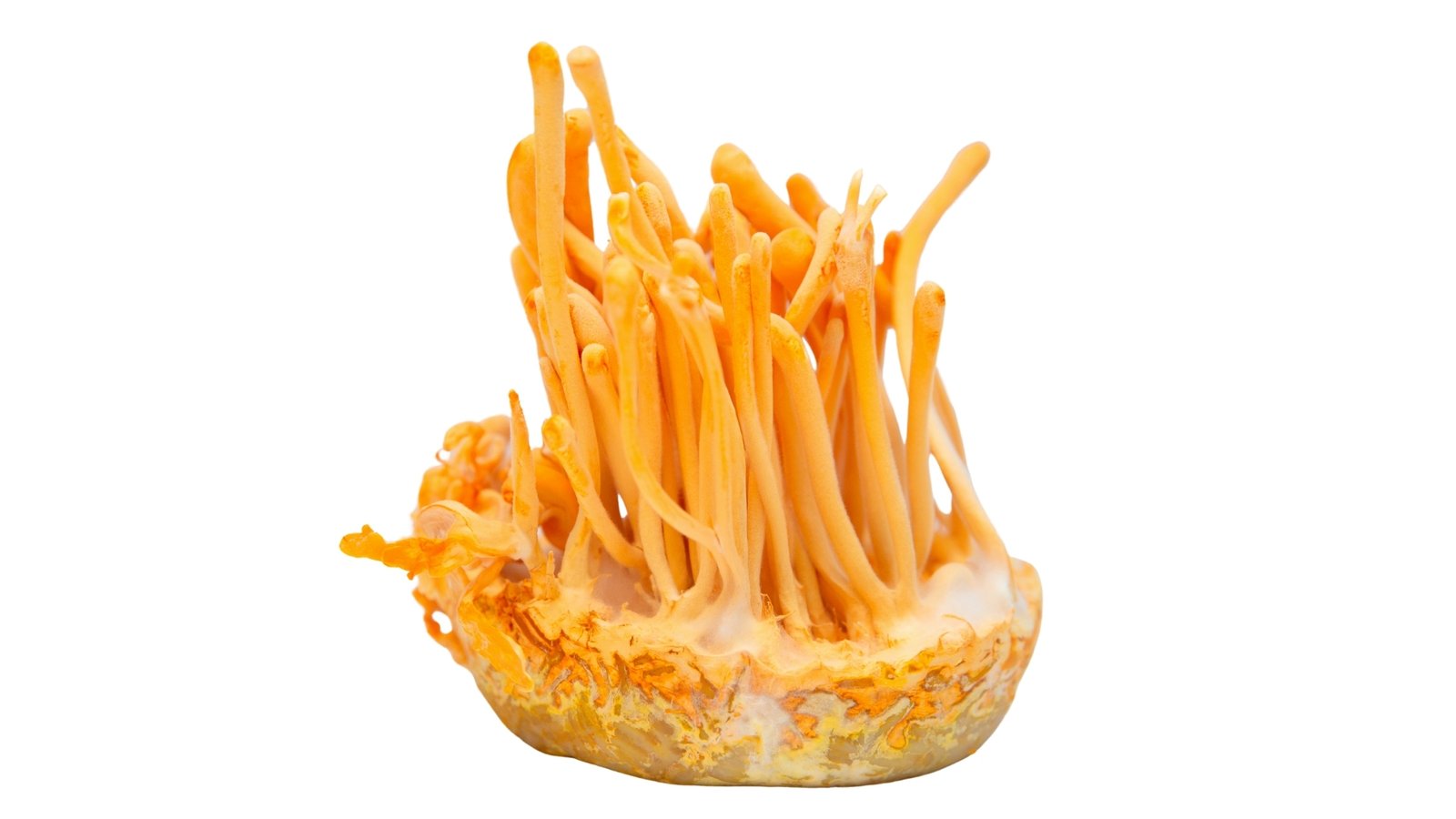
HABITAT AND DISTRIBUTION:
Cordyceps Militaris is typically found in temperate regions of Asia, Europe, and North America. It thrives in humid environments, growing primarily on insect larvae buried in the soil. The mushroom’s natural habitat includes forest floors, where it plays a crucial role in the ecosystem by parasitizing insects and decomposing organic matter.
ECOLOGICAL ROLE:
As a parasitic fungus, Cordyceps Militaris helps control insect populations, thereby maintaining ecological balance. Its life cycle involves infecting and ultimately killing its host, which prevents overpopulation of certain insect species. This process also contributes to nutrient cycling, as the decomposed bodies of the host insects enrich the soil.
GROWTH AND CULTIVATION:
Cultivating Cordyceps Militaris can be challenging but rewarding. It prefers a substrate of rice or silkworm pupae, with precise control over temperature and humidity. The cultivation process involves inoculating the substrate with Cordyceps spores or mycelium and maintaining optimal growth conditions for several weeks. With proper care, fruiting bodies can be harvested, providing both aesthetic and medicinal benefits.
No posts found!
HISTORICAL & CULTURAL INFO:
In traditional Chinese medicine, Cordyceps Militaris has been used for centuries as a tonic to improve vitality and treat various ailments. Its use dates back to ancient times, where it was considered a precious ingredient. Today, it remains a cornerstone of herbal medicine in many cultures and is celebrated for its potential health benefits.
GENETIC LINEAGE/HISTORY:
Cordyceps Militaris belongs to the family Cordycipitaceae. Its genetic lineage reveals a fascinating evolutionary path adapted to parasitize insects. Research into its genetic makeup continues, offering insights into its unique biological processes and potential applications.
No posts found!
CHEMICAL COMPOSITION:
The chemical composition of Cordyceps Militaris includes active compounds such as cordycepin, adenosine, and polysaccharides. Cordycepin, in particular, has been studied for its potential anti-cancer, anti-inflammatory, and immunomodulatory effects. These compounds make Cordyceps Militaris a powerful medicinal fungus with various therapeutic applications.
FUNCTIONAL (WELLNESS) PROPERTIES (if applicable):
Cordyceps Militaris is renowned for its health benefits, including boosting energy, enhancing athletic performance, and supporting immune health. It has been shown to improve oxygen utilization and increase ATP production, which is crucial for energy metabolism. Additionally, it exhibits anti-inflammatory, antioxidant, and anti-tumor properties, making it a valuable component in natural medicine.
CULINARY USES (if applicable):
While Cordyceps Militaris is primarily valued for its medicinal properties, it can also be used in culinary applications. It has a mild, earthy flavor and can be added to soups, stews, and teas. Incorporating Cordyceps Militaris into your diet can be a tasty way to enjoy its health benefits.
CAUTIONS & WARNINGS:
Although Cordyceps Militaris is generally safe for consumption, it is essential to ensure that products are sourced from reputable suppliers to avoid contamination. Pregnant or nursing women, as well as individuals with underlying health conditions, should consult a healthcare professional before using Cordyceps supplements. Always adhere to recommended dosages to avoid potential side effects.
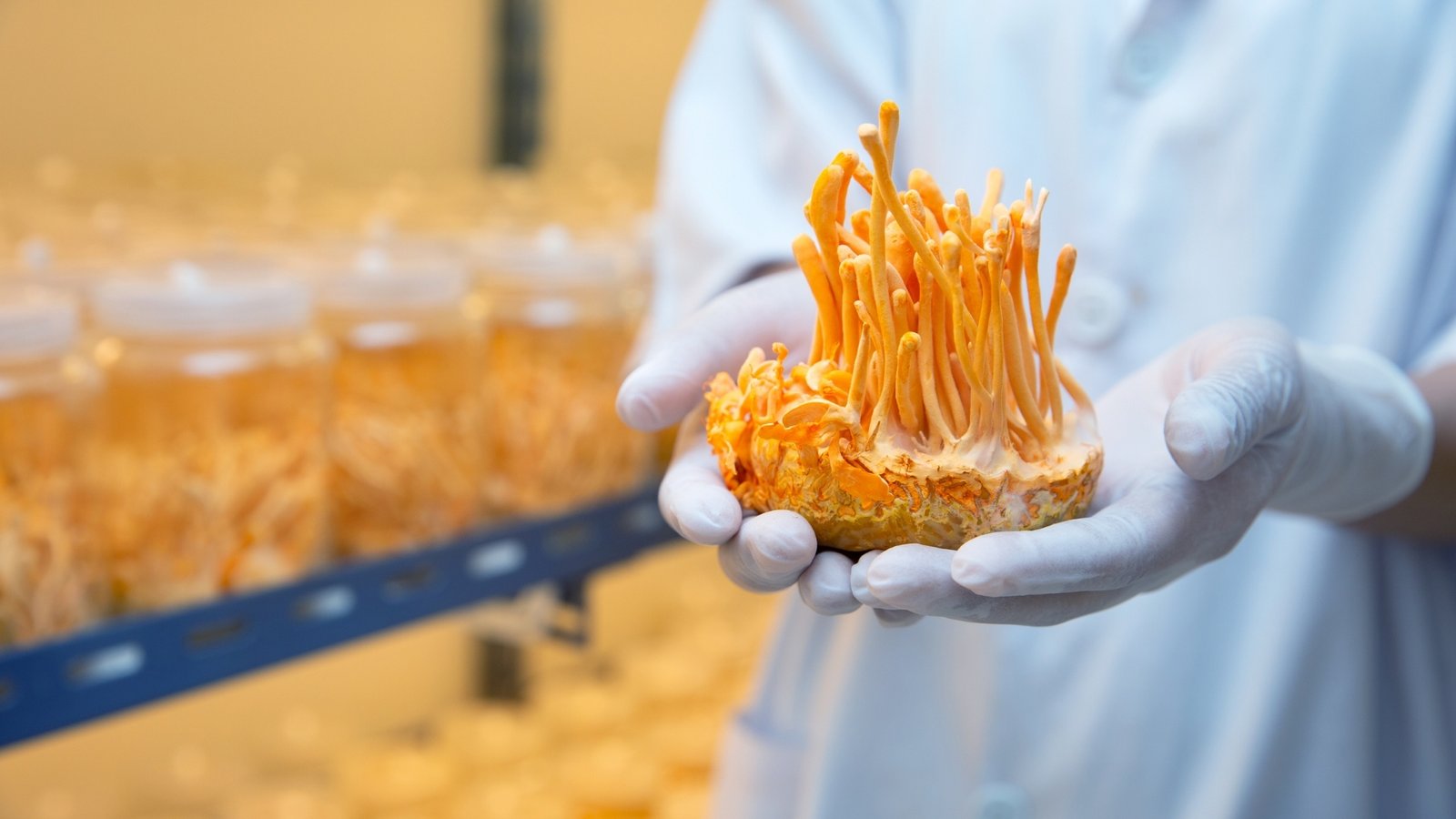
FINAL CONSIDERATIONS:
In summary, Cordyceps Militaris is a remarkable fungus with a rich history and a bright future. Its unique appearance, coupled with its significant medicinal properties, makes it a valuable addition to both the scientific and health communities. Don’t miss the opportunity to explore our 🍄 Marketplace, where you can find a variety of Cordyceps products from trusted Mycologist Vendors. Remember, fungi are fascinating, and there’s always more to discover!
Don’t forget to check out the 🍄 Mushroom Network’s Marketplace to see what’s available. But hurry, our shelves are constantly evolving, and you wouldn’t want to miss out on this wonderful mushroom. Join our growing network of Patrons, Genetics, and Mycologist Vendors only on the 🍄 Mushroom Network!
Caught in the middle of the Mushroom Metropolis! 🍄🎶 If you’re just tuning in, you’re one step away from becoming a spore savant! Don’t just stand there like a stump – Log In or Become a Myco-Patron (FREE, like a mushroom in the wild!). Unlock the enchanted encyclopedia of fungi. 📚✨
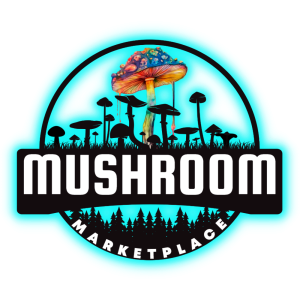 Rated 0 out of 5On Sale! Add To Cart
Rated 0 out of 5On Sale! Add To Cart$29.99Original price was: $29.99.$19.99Current price is: $19.99.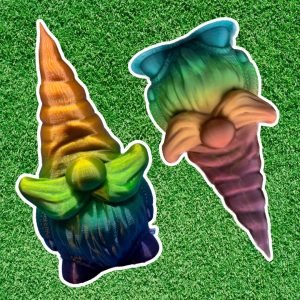 Rated 0 out of 5$19.99 – $24.99On Sale! Select options This product has multiple variants. The options may be chosen on the product page
Rated 0 out of 5$19.99 – $24.99On Sale! Select options This product has multiple variants. The options may be chosen on the product page
No posts found!
FAQs:
Cordyceps Militaris is primarily used for its medicinal properties, including boosting energy, enhancing stamina, and supporting immune health.
It is commonly found in temperate regions of Asia, Europe, and North America, growing on insect larvae in humid environments.
Yes, when sourced from reputable suppliers and consumed in recommended dosages, Cordyceps Militaris is generally safe. Consult a healthcare professional if you have underlying health conditions.
Yes, with the right substrate (like eggs, rice and/or silkworm pupae) and controlled environmental conditions, Cordyceps Militaris can be cultivated at home.
The primary active compounds include Cordycepin, Adenosine, and Polysaccharides, which contribute to its medicinal properties.
Related Articles:
Cordyceps Militaris: The Caterpillar Fungus
Cordyceps Militaris: The Caterpillar Fungus embarks on a journey to unravel the unusual life cycle,...
Read More...Cordyceps (Cordyceps Militaris)
Welcome, fellow fungi enthusiasts! Today, we’re diving into the fascinating world of Cordyceps Militaris, a...
Read More...Cordyceps and Athletic Performance: Boosting Your Game Naturally
About This Article: Boost your game naturally with Cordyceps Militaris! 💪🍄 Discover how this powerful...
Read More...Harnessing the Power of Cordyceps
The article, “Harnessing the Power of Cordyceps,” aims to illuminate the potential health benefits and...
Read More...Other Mushroom Species To Research:
Chicken Of The Woods (Laetiporus Sulphureus)
SCIENTIFIC NAME: (Laetiporus Sulphureus) COMMON NAME(S): Chicken Of The Woods | COMMON_NAME I-NAME: COW SPORE...
Read More...Cauliflower Mushroom (Sparassis Crispa)
SCIENTIFIC NAME: (Sparassis Crispa) COMMON NAME(S): Cauliflower Mushroom | Hanabiratake | Western Cauliflower Fungus |...
Read More...Portobello Mushroom (Agaricus Bisporus)
Greetings, fellow mycophiles and curious minds! Welcome to a comprehensive exploration of one of the...
Read More...Bleeding Fairy Helmet (Mycena Haematopus)
Greetings, fungal aficionados and curious minds! Today, we delve into the enigmatic world of Mycena...
Read More...Other Recommended Reads:
The Healing Powers of Black Reishi: Fact or Fiction?
In this comprehensive deep-dive, “The Healing Powers of Black Reishi: Fact or Fiction?” we examine...
Read More...Unlocking the Nutritional Secrets of the Chestnut Mushroom
Step into the world of Pholiota Adiposa, commonly known as the Chestnut Mushroom, a gastronomic...
Read More...King Oyster (Pleurotus Eryngii)
Scientific Name: Pleurotus Eryngii COMMON NAME(S): King Trumpet Mushroom | French Horn Mushroom | King...
Read More...The Mighty Cordyceps: From Parasite to Medicine
About This Article: From parasite to powerhouse! 🌿🍄 Discover the journey of Cordyceps militaris and...
Read More...Whoa there, Spore Sport! 🍄 Looks like you’re not logged in yet. Don’t you know what you’re missing? MYCO-CREDITS! Imagine all the fungal fun you could have. It’s like finding a Morel in May and not picking it. Tragic, right? Log In or Become a Myco-Patron and start racking up those credits. It’s more rewarding than finding a mushroom in your backyard! 🌟🏡

